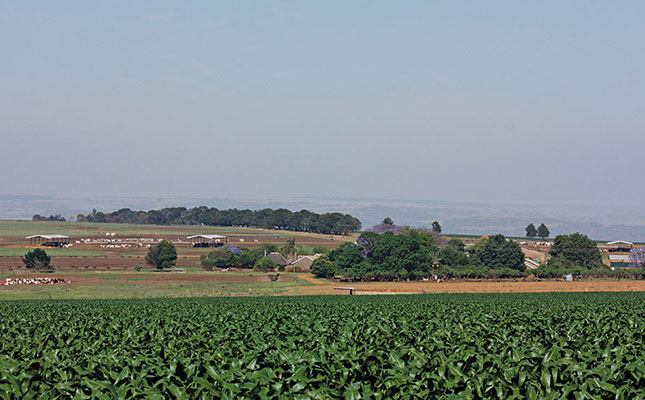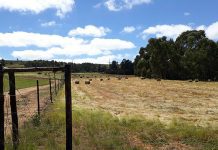
1. Do I farm for long-term profitability?
A simple question, but a crucial one. As Dairy New Zealand has it: “If you aren’t farming for profit, we wish you well with your hobby.”
2. Does my business have a positive net value?
Total assets should at least equal total debt. If total debt exceeds total assets, your chances of long-term survival are slim. To answer this question honestly, you need a realistic balance sheet. Balance sheets drawn up by accountants are done on a historic cost basis and the value of land and other long-term assets are probably underestimated.
READ Farming in Poland, Europe’s growth engine
There are times when total debt may exceed total assets, especially shortly after you buy land. But farm net value should improve over the medium to long term. If total debt exceeds total assets by a large amount, it may well be time to consider an exit strategy.
3. Does my farming enterprise create wealth?
The business should be able to create wealth for you and your employees. Farm wealth is measured by comparing a farm’s net value (total assets less total liabilities) at the end of the year with the values at the beginning of the year. Remember to include the value of unharvested crops in this calculation, as this value frequently exceeds the total value of the land.
The growth in net value should preferably exceed the rate of inflation to ensure that the farmer’s real net value is growing. One or even two years of negative growth should not cause you to walk away from farming, but should be cause for concern.
Careful analysis of the reasons for low or negative growth can guide your planning.
4. Can I service debt and living expenses?
If the answer is ‘no’, your farm has little chance of surviving. The amount available for this is calculated by subtracting all non-cash income, such as increase in livestock and other inventories, as well as all interest payments, from the net farm income. Add all non-farm income and subtract household expenditure, income tax payments and mandatory capital repayments. You should be left with an amount larger than zero. If it’s less than zero there are a few things you can do.
READ Meet the father of modern bookkeeping, Luca Pacioli
First, record and examine household spending carefully. You’ll be surprised by how this inhibits unnecessary expenditure. Also, think carefully before investing in the latest technology. It’s important to stay up to date, but you should be able to afford your purchases.
5. Profitability and efficiency
After answering these questions, it’s time to look in more detail at individual aspects of the farm, starting with efficiency measures. These are all defined as ‘something per something else’, such as income per hectare or income per R100 own capital. Benchmarks are used to evaluate the performance of the farming business and individual farming enterprises.
This should be done very carefully. Too much emphasis on a specific price-earnings ratio can actually result in a decrease in income. Always keep the big picture (whole-farm profitability) in mind. Beware of ‘clever’ opinions from inexperienced consultants.
This stage will also evaluate the profitability of individual farming enterprises. While your analysis may show that an intensive livestock enterprise, for example, is unprofitable if viewed in isolation, the synergy with crop and other enterprises may result in higher total farm income with the livestock enterprise present. Always evaluate the impact of decisions in terms of the total farming enterprise.
South Africa’s farmers have recently survived one of the worst droughts on record. Indications are that there are better times ahead for our producers. Farmers who regularly revisit the questions listed above will in most cases be able to farm sustainably.




